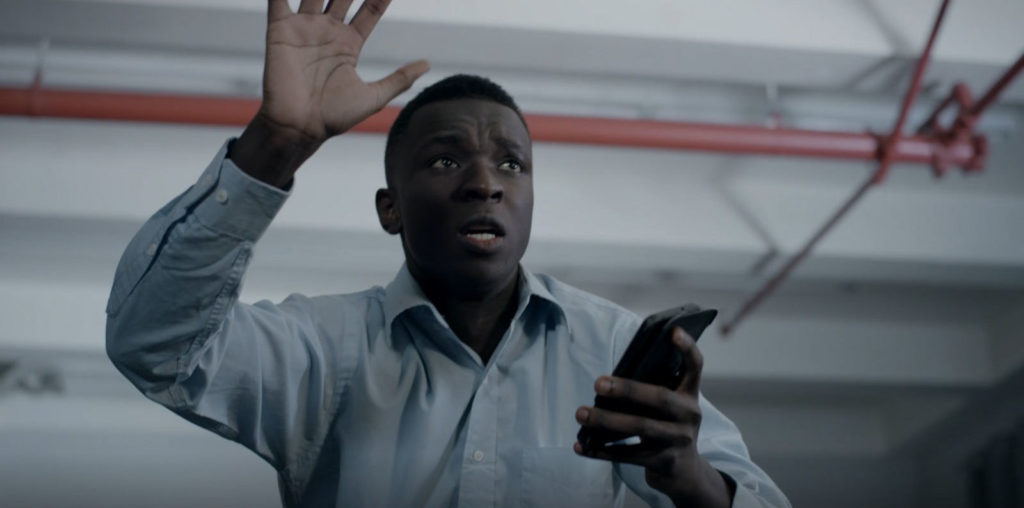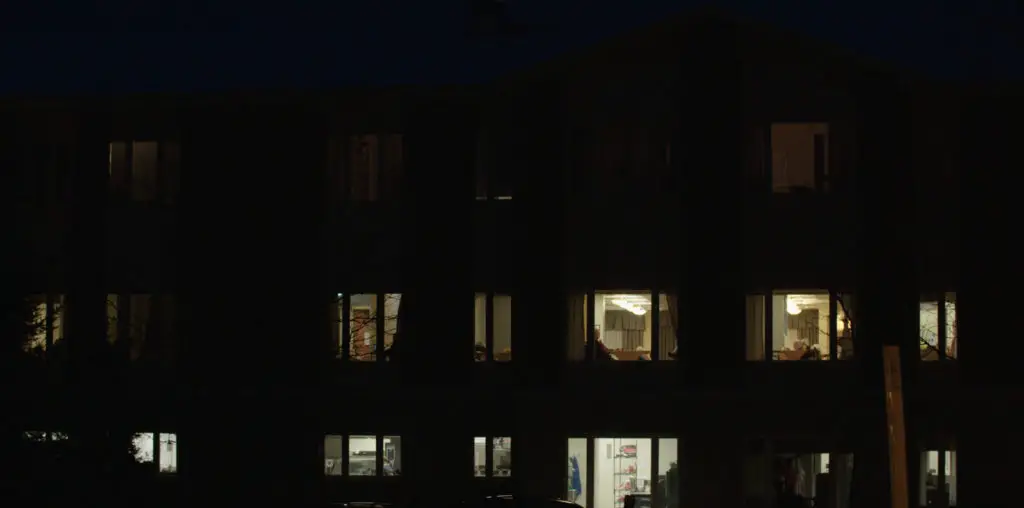
BOOTLEG FILES 374: “LSD: Insight or Insanity?” (1967 anti-drug educational film).
LAST SEEN: The film can be seen on several online video sites.
AMERICAN HOME VIDEO: It has been packaged in a few collections of public domain educational films.
REASON FOR BOOTLEG STATUS: An orphan film with a groovy history.
CHANCES OF SEEING A COMMERCIAL DVD RELEASE: Not likely.
Looking back on the 1960s, it is easy to get the impression that the counterculture’s challenge to the societal status quo was a lot of fun. However, anyone who was a parent of teenagers during that era did not have a surplus of fun – especially in regard to the proliferation of narcotics, which resulted in the disruption of many families and the destruction of more than a few young lives.
Trying to get across a message about the dangers of drug usage was no easy feat in that distant psychedelic era. A number of educational film producers attempted to reach kids with well-intended productions that warned about the consequences of drug addiction. Most of these films, not surprisingly, backfired badly – they were either too square or too silly to make an impression.
Despite its lurid title, “LSD: Insight or Insanity?” was a sincere attempt to speak about the subject in a manner that its youthful audience could understand. While it may not have convinced many kids to stay away from drugs, at least it deserved an “A” for effort.
For starters, “LSD: Insight or Insanity?” takes the bold step in acknowledging the positive elements of self-expression by the teenagers and pre-teens of the 1960s. The film presents a montage of young people wearing the ultimate in hippie chic, and it offers no disapproval when it shows boys wearing shoulder-length hair. This is actually rather subtle for an educational film – most productions of the genre discredited self-expression by kids, but in this case the filmmakers were condoning the efforts by young people to visually separate themselves from their parents’ generation.
However, the film then makes the point that there is a big difference between self-expression and self-destruction. While giving a nod to the intense stress brought about by peer pressure, the film gets to its core point about the problems surrounding the popularity of LSD.
“LSD: Insight or Insanity?” then bifurcates into very different styles. One approach offers a number of somewhat stolid doctors from UCLA speaking solemnly to the camera about the history of LSD and its effects on the body and mind. There is also a brief montage of very serious teenagers speaking to the camera about why they experimented with LSD.
This plays against a much more lurid approach that visualizes what a bad LSD trip looks like – a lot of flashing lights, colored smoke, freeze frames and crummy double exposure effects. There are also exploitative scenes of what LSD can do to a young user (i.e., a girl mistakes a stovetop flame for a flower, another girl screams and writhes in a hospital bed).
Not surprisingly, the film reminds the viewer that nothing good can come from LSD usage. There is a brief montage of acid trippers in acts of drug-induced suicide (one jumps from a cliff, another walks into oncoming traffic). LSD is compared to a game of Russian roulette, which is then visualized in a fairly stylish manner.
“LSD: Insight or Insanity?” was initially seen as a helpful tool for schools that were trying to get out the anti-drug message. The trade journal Educational Screen & Audio Guide called the film “excellent” while Instructor Magazine advised its readership of teachers and school administrators that “school personnel, parent groups, and law enforcement agencies should see ‘LSD: Insight or Insanity?’ and plan educational programs which will make children aware of what can happen if they ‘take a trip.’” The film, which originally ran approximately 18 minutes, was later revised and re-released with an additional 10 minutes of footage.
However, this film – along with other anti-drug films being released in the educational film market – ultimately failed to make their mark. One educator testified in 1970 before the U.S. Senate Subcommittee on Alcoholism and Narcotics that a student audience found this particular production as being “very subjective, somewhat phony [and] dramatic.”
Today, “LSD: Insight or Insanity?” is mostly remembered for having Sal Mineo as its narrator. By the time “LSD: Insight or Insanity?” was produced, Mineo’s career had abruptly bottomed out. Mineo was a teen movie and recording fave in the late 1950s, but his cred evaporated in the early 1960s. By the time “LSD: Insight or Insanity?” came out, Mineo was reduced to making occasional guest appearances on TV shows and headlining crummy regional theater productions. Being the narrator of an anti-drug film for kids was a significant career plunge for the two-time Academy Award nominee.
Mineo begins the film’s narration by introducing himself. “This is Sal Mineo,” he says, although he is never shown on screen. He speaks in a deep, somewhat gravelly Bronx-based voice that sounds vaguely creepy when making hipster attempts at 1960s slang (most notably with the line “If grass doesn’t make it for you, baby”). Listening to Mineo today, his narration is often unintentionally funny – perhaps kids back in the day were also snickering to hear this has-been one-time teen star talking about “the groovy way of expressing yourself.”
(Some sources have stated that Mineo sings the pop song that accompanies the film’s closing credits. However, Mineo is not identified in the credits as being the singer and, quite frankly, the voice crooning the lyrics doesn’t sound anything like him.)
“LSD: Insight or Insanity?” was produced by a long-defunct company called Bailey Films, and the film’s copyright has lapsed into the public domain. Scratchy and faded prints (some appear to be second- or third-generation dupes) have circulated for years among collectors of vintage educational films, and the film has been included in a few video anthologies of this much-maligned genre. The original 18-minute version has also turned up on several video websites.
While it is easy to laugh at “LSD: Insight or Insanity?” and other old-time anti-drug films today, we should cut the filmmakers some slack for having the best of intentions – even if they lacked the talent to get their point across.
IMPORTANT NOTICE: The unauthorized duplication and distribution of copyright-protected material, either for crass commercial purposes or profit-free s***s and giggles, is not something that the entertainment industry appreciates. On occasion, law enforcement personnel boost their arrest quotas by collaring cheery cinephiles engaged in such activities. So if you are going to copy and distribute bootleg videos and DVDs, a word to the wise: don’t get caught. Oddly, the purchase and ownership of bootleg videos is perfectly legal. Go figure!


Well, lest we forget, Sal Mineo made what is arguably his greatest film, ‘Who Killed Teddy Bear’, in 1965. A heartbreaking film that allows Sal Mineo’s considerable talent to shine.
Of course, there is some camp value to any vintage anti-drug film. And Mineo’s hipster narration can generate some giggles. But this film is no “Reefer Madness,” by any stretch.
“This is Sal Mineo…in 15 years beware of a copycat named Ralph Macchio.” What would you say the camp value is on this one, Phil? Mineo’s V-O line reading sounds like a hoot.